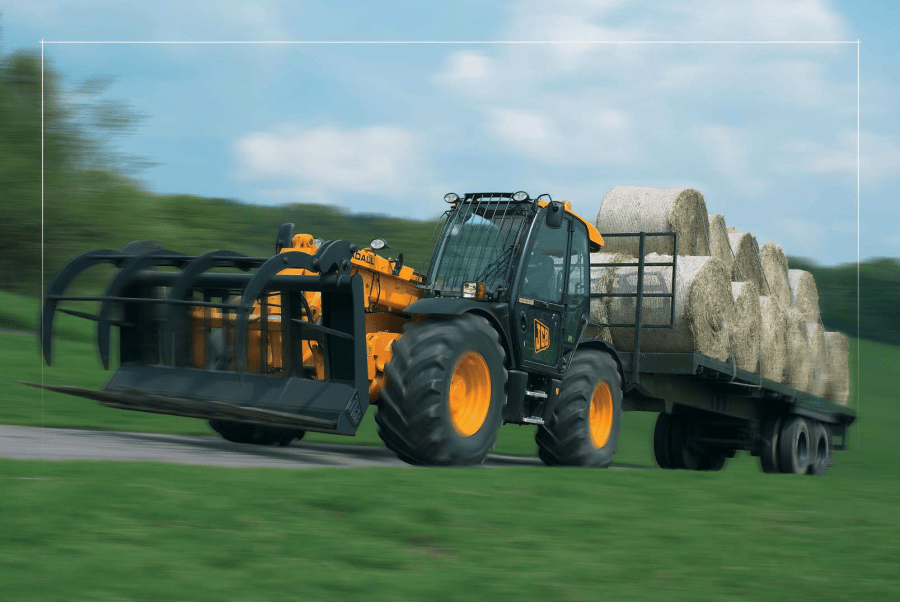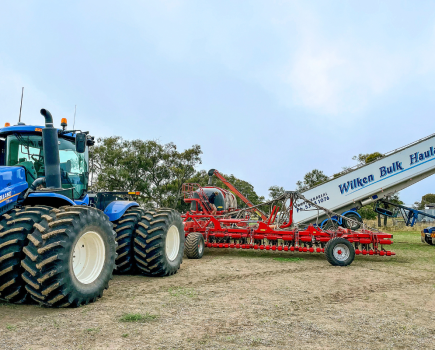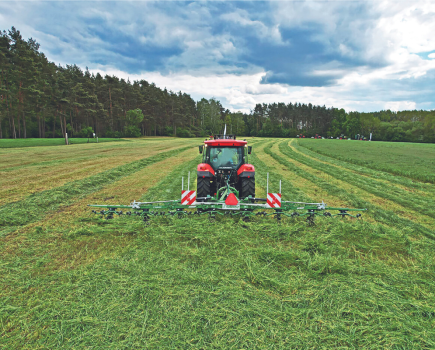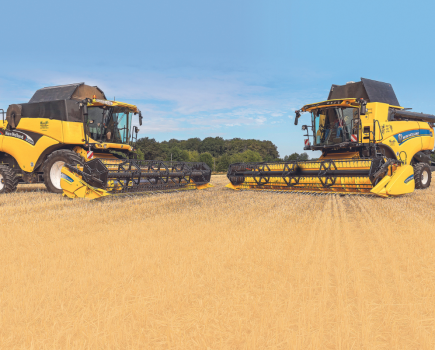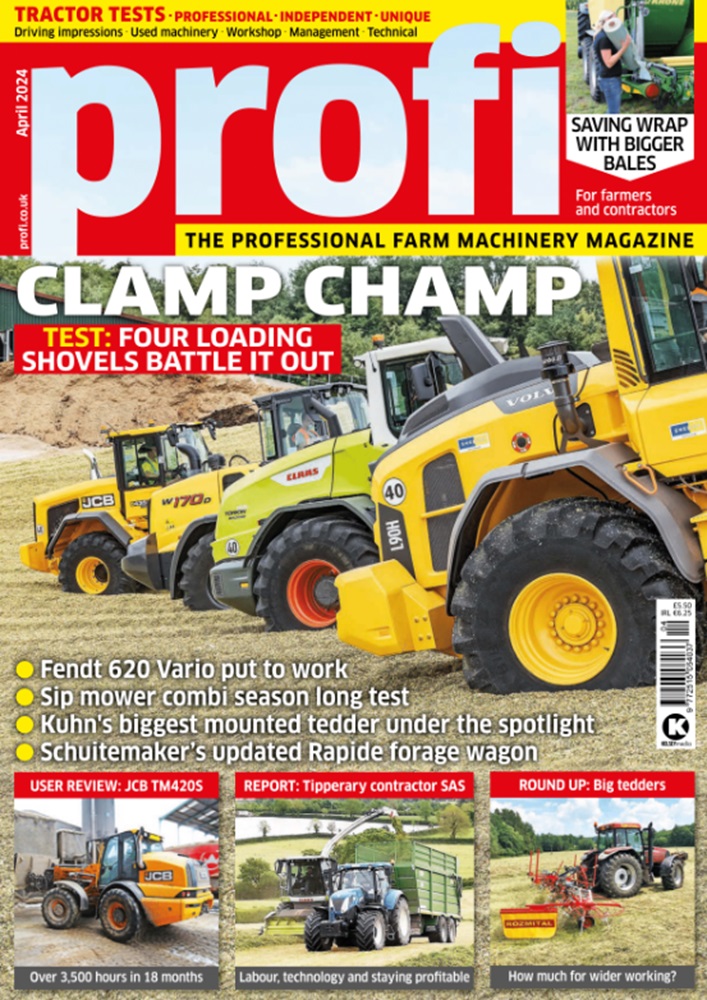Running a mixed fleet of tractors? Yes. Then the following is almost certain to ring true: On one of the farm’s tractors the link arms always couple up at the first attempt, while on another the operator tends to struggle. On some tractors, the external linkage buttons work well. One pto stub-shaft turns easily when matching up splines with pto-powered kit, while another refuses to budge. We compare the rear linkages on mid-hp tractors from six different manufacturers. How do they stack up?
Easy implement hitching relies on a number of factors, and not all of them relate to the linkage itself. Visibility, for example, is clearly important and an area that Case scores particularly highly in. The firm’s mid-range Maxxum gives an almost unimpeded view of the hook ends whereas the MF6270, in contrast, places a substantial cab member in the line of sight.
Of the other non-linkage factors, we also like Fendt’s turboclutch, which enables the operator to gently inch up to an implement just using the footbrake. But it’s the linkage hardware that we major on in this article. Kicking off with the stabilisers, it is these items’ ability to hold the hook ends at the correct spacing that is critical in allowing a quick hitch.
In terms of supplier choice, Walterscheid stabilisers are available on Case IH, Deutz-Fahr, John Deere and New Holland models. Deutz-Fahr and New Holland fit Walterscheid stabilisers to both sides, while Case IH and John Deere limit their ‘stabilising’ to the left arm only. To secure the right arm on the Case, we had to fit a spring between the arms. More elegant is the Walterscheid distancer bar, used by John Deere.
Its turnbuckle has an integrated damper, which maintains the correct distance between right and left link arms. Less convenient is the change from category II to III – alter the stabilisers by hand.
For more up-to-date farming news click here and subscribe now to profi and save

